Monday, 7:00am
4 August 2008
Not fade away
kenneth fitzgerald
mit
posters
Design history
Graphic design
Posters
Technology
Jacqueline Casey: the foremost US practitioner of the International Style
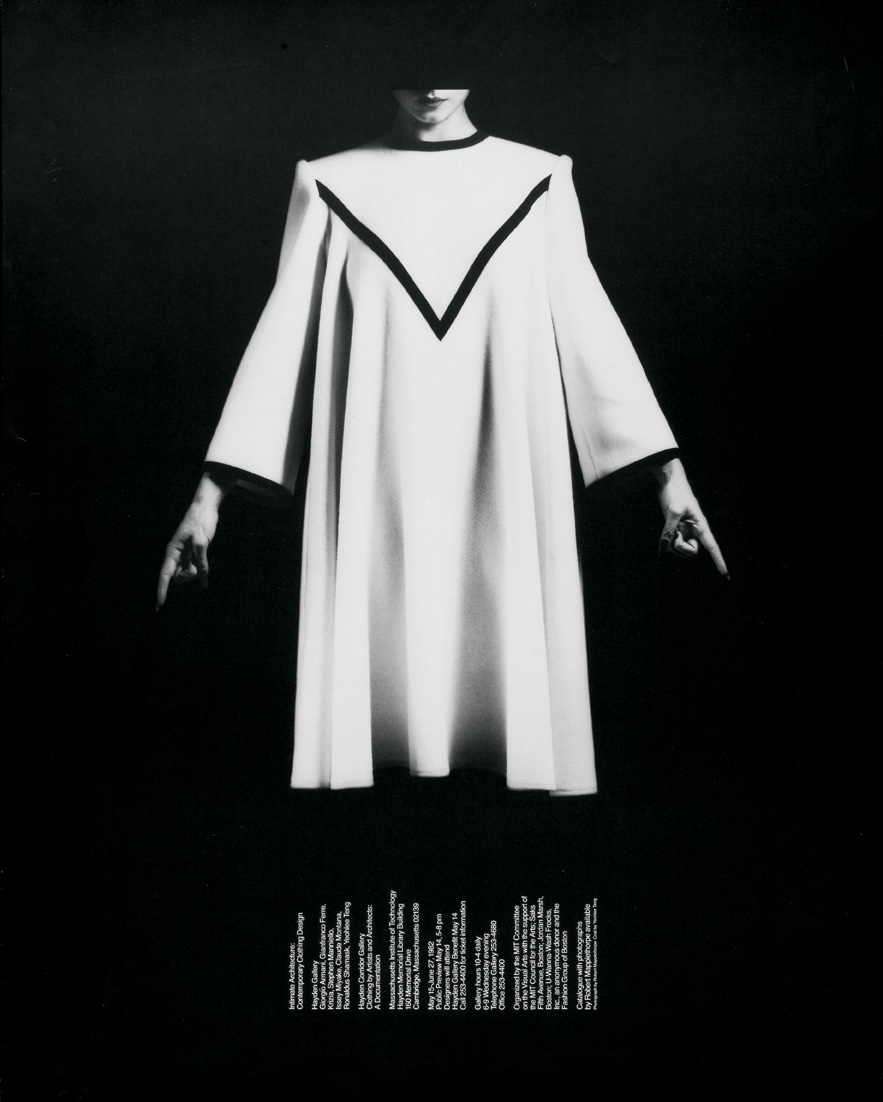
By selecting Jacqueline Casey as her most underappreciated graphic designer in Eye’s ‘Beyond the canon’ issue (‘Woman at the edge of technology’), Elizabeth Resnick gave a shout-out to my own candidate, writes Kenneth FitzGerald.
Full disclosure: Casey and I are both MassArt alums. And she was the first eminent, world-class designer I ever met. But, back in 1989, I only knew she was notable because Liz McQuiston’s Women in Design said so. I’d leafed through the book at my local Waldenbooks to acquaint myself with her achievements. I’d volunteered to write an article about an alumni design exhibition that included Casey. Working on this show was my real introduction to the graphic design world.
Casey and I made small talk at the show’s opening. I expressed my regard for her posters but had nothing more substantive to say to the frail, soft-spoken woman. Later, I worked in the alumni office and for years sat across from a framed copy of the ‘Russia, USA Peace, 1985’ poster (below) that Liz mentions in her article. Though it’s not Casey’s masterpiece (see ‘Intimate Architecture’, top), its image arises instantly in my mind to illustrate the term ‘graphic design.’
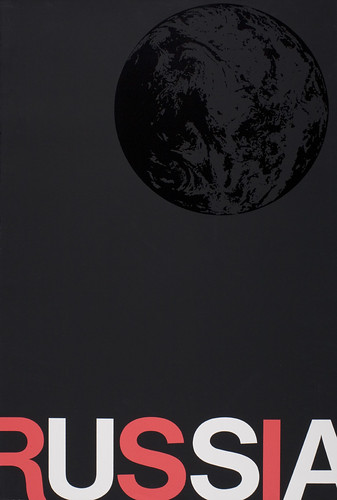
Since then, my appreciation of Jackie Casey has grown. Now I really get it. Casey was the foremost US practitioner of the International Style and deserves inclusion high amongst its exemplars anywhere. Whenever I lecture on the movement, I cite Josef Müller-Brockmann – then I show Jackie Casey. While Müller-Brockmann is the style’s undisputed master, it was Casey who demonstrated its potential as a design methodology. She stayed true to its fundaments, yet infused it with a human, flexible sensibility. For Müller-Brockmann, designing was an austere intellectual exercise, a striving toward a formal purity. His favorite work was the blank verso of the printed sheet (‘this page ideally left blank’?)
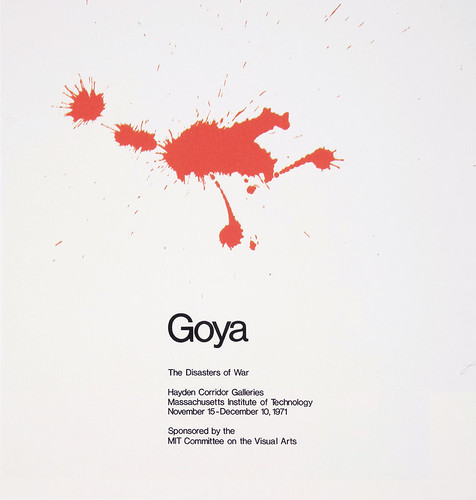
Casey, meanwhile, used it as the means to effectively communicate a variety of messages. Her posters featured a wider array of photographic imagery, layouts, and typography as image. And she dared havenon-photographic imagery! Müller-Brockmann was minimalism incarnate. Jackie Casey was subtletyincarnate.
Casey demonstrated an accessible advance for the International Style between Müller-Brockmann and Wolfgang Weingart’s ‘New Wave.’ (And it took another supremely talented American woman designer—April Greiman – to make that approach surge.)
It’s unfortunate that the recent re-animators of the International Style have skipped over Jackie Casey. With the Europeans, it’s understandable – she wasn’t into the dogma (or European). As far as the Americans, that arena continues to value aggressive (self-) promotion before ability. That Casey has faded from sight while flats of book paper were spent on the programmatic doodles of successors is inexcusable. MIT should be ashamed not have commissioned a comprehensive monograph on Jackie Casey’s work. (And don’t get me started on Muriel Cooper.)
There is a potential upside. Graphic designers should be heartened that talents like Jackie Casey continue to be rediscovered. It illustrates the depth and breadth of excellence in the field. But design can’t congratulate itself unless the work of Jackie Casey – and others like her – is celebrated and kept alive.
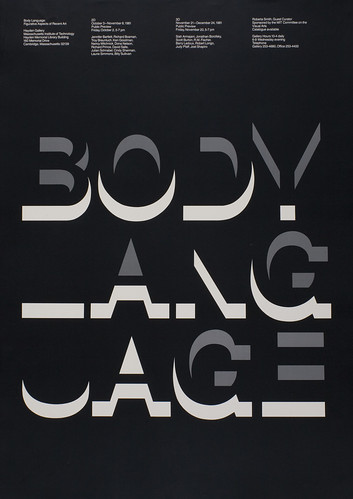

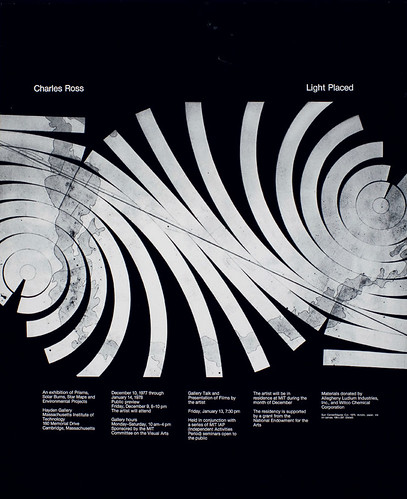

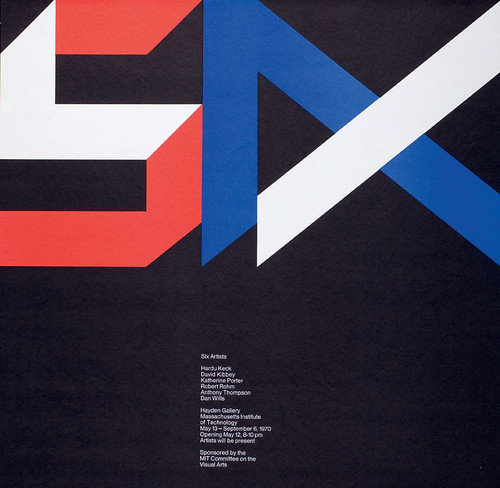
See ‘Woman at the edge of technology’ by Elizabeth Resnick in Eye no. 68 vol. 17, 'Beyond the canon’ special issue.
See ‘Pesky illustrator’, Kenneth FitzGerald’s profile of Mark Andresen in Eye no. 67 vol. 17. Extract available online.
Eye is the world’s most beautiful and collectable graphic design journal, published for professional designers, students and anyone interested in critical, informed writing about graphic design and visual culture. It is available from all good design bookshops and online at the Eye shop, where you can buy subscriptions and single issues.
